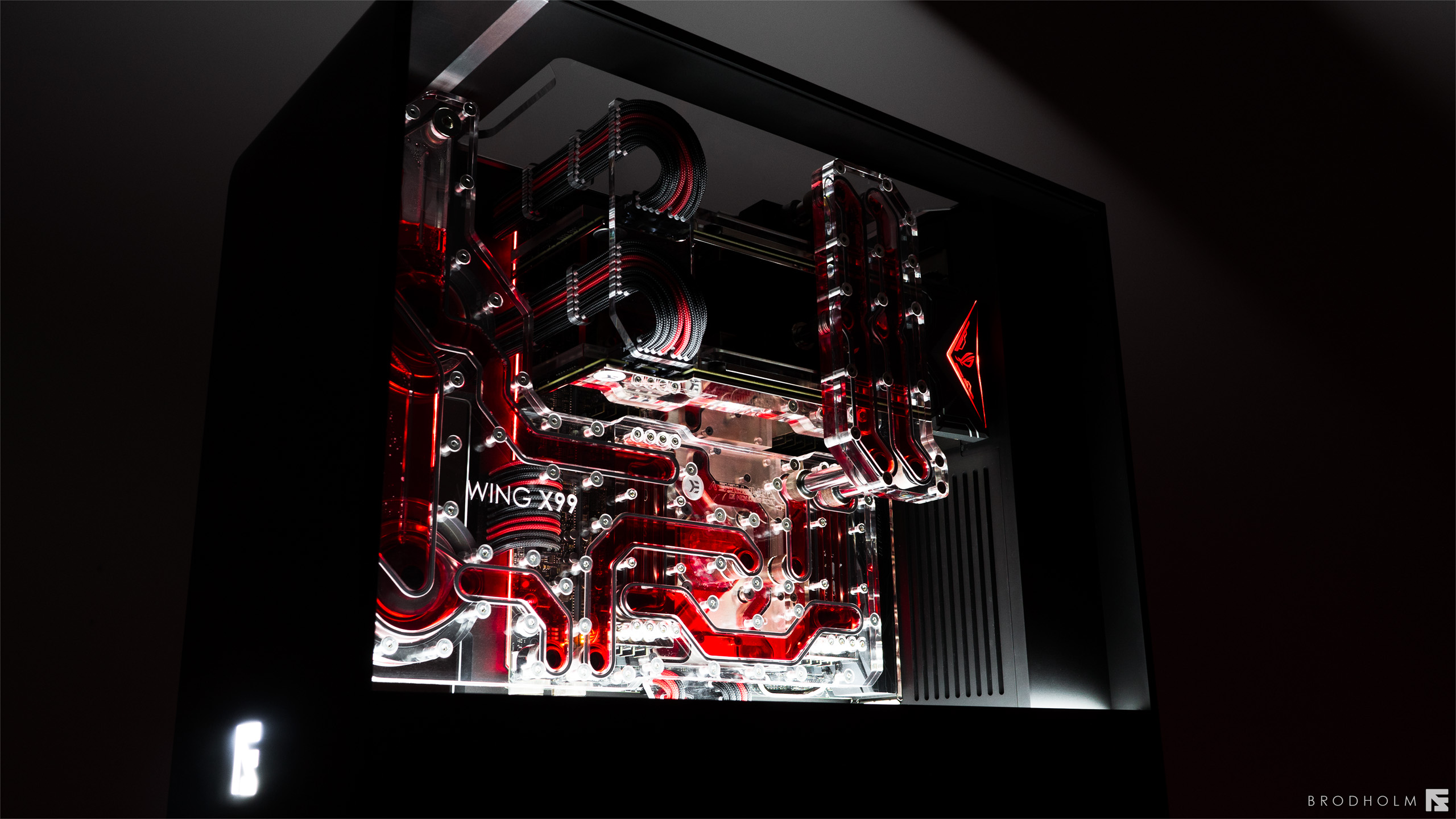
Obviously the water-cooling is a major feature of the build. How did you go about planning the complex distribution plates? How much time would you say went into producing them?
Getting the final layout was a major hassle. If you just want to connect A to B and then B to C it's easy, but you also want the way the coolant goes to look and feel natural while still having a good path. I probably went through about 20-30 different iterations before deciding on this layout. Then it is “just” a matter of measuring once, twice, and then a third time to make sure you have everything correct. The CAD modelling itself is not that hard. The CNC part to this is quite tricky, though, since acrylic is not that easy to mill and still have a good finish at the same time. All in all, this is quite a small piece of the puzzle, but still a very important one.
This project is chock full of astoundingly tiny details, from the cable work to the surface finishes and lighting. How did you keep track of all the things that you intended to incorporate into the build?
I don’t know really, I keep it all in my head and I guess I am quite good at visualising how things will end up looking. I find it is a good idea to look at what has been done before, look at how other people have solved things, how big companies make cases, water blocks, and so on. Learn from the things that have been done before and try to improve on that. Remember that you don’t need to reinvent the wheel every time. Their designs are not original nor will yours be; everything is a remix of things that came before. So, I just try to think of all these different things as puzzle pieces and how they will fit together. It Is an iterative process, and it really helps to visualize it with either with a pen and paper or something like CAD. I always start my designs with a pen and pencil. The first revision was very different from the final WING X99.


Is there anything that you would do differently now if you were to attempt the same project again?
Yes, and anyone who does or makes something and does not believe there is anything to improve is either a fool or a liar. Don’t get me wrong, I am very happy with the results, but there are still “lots” of small things that I would do differently if I were to make it again. Some solutions are just a bit overworked; there are both function and design choices that could use a second look. Again, the simple solution is usually the better one. Simple things like adding a hole on each side in the back so you can use your finger to push out the fan covers instead of having to use a pen, small things like that.
Let’s talk photography for a moment, because I think several of your photos are so clean they must be renders! What equipment do you use for your final shots?
My current setup consists of a Panasonic GH4 camera with a variety of fast lenses, two small softboxes for lighting, and a tripod. You don’t need that much more.
What would be your advice to those looking to step up their photography game?
I think the most important things are lightning and planning. It is a bit of a cliché, but it is true. If you have the correct lightning and background, you can do some amazing things. It is also important to decide the way you want your photos to look and feel. It makes a huge difference if you had that in mind when planning your shoot. Great pictures rarely “just” happen; often there is a photographer behind all that doing lots of planning and work!
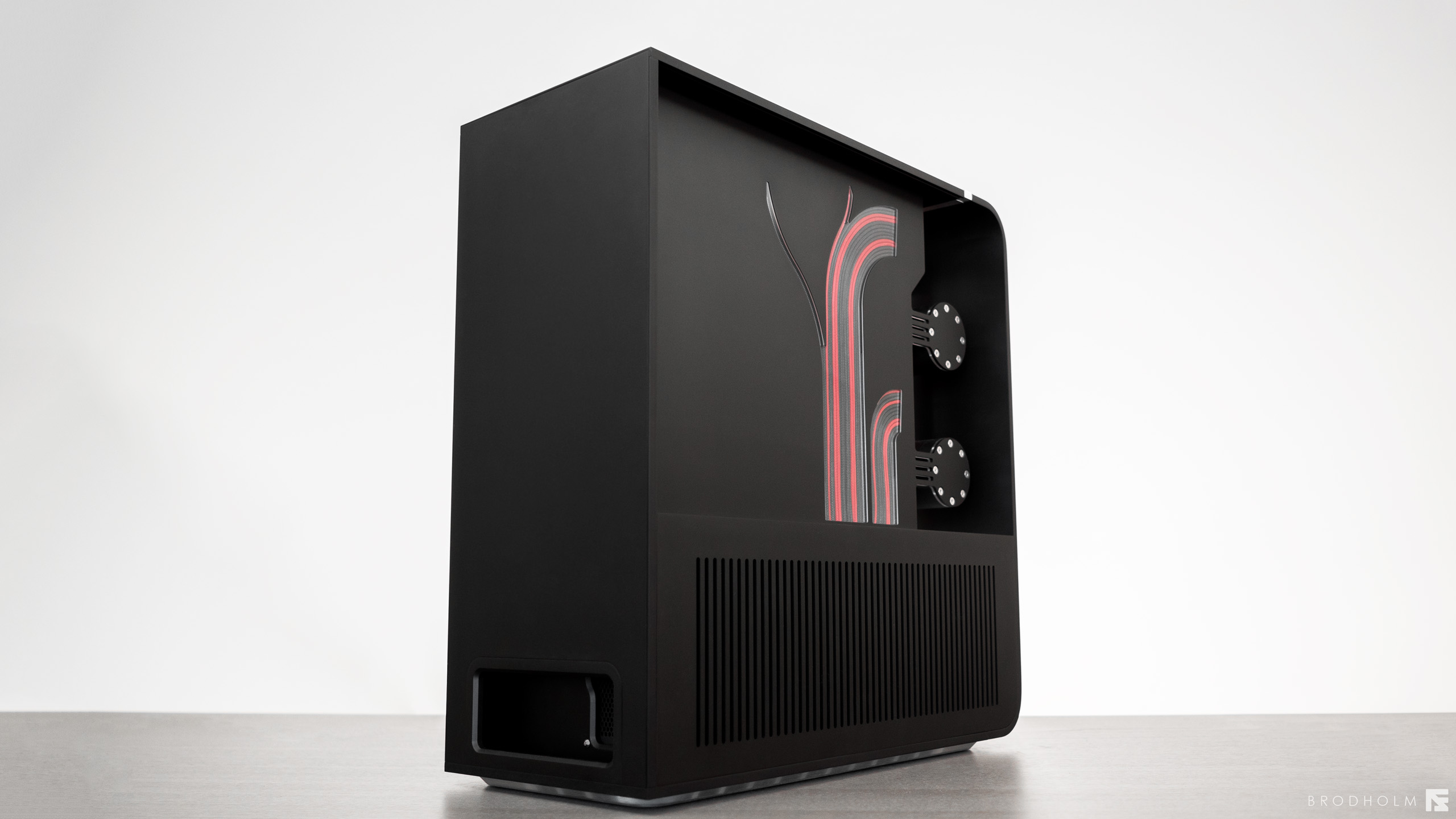
Similarly, you have a very in-depth project log on our forums, and you also videoed the whole construction process of the project. Do you have any tips for other modders for how to approach creating a great log?
It is a lot of work, so everyone who makes one should be prepared to put in the hours. Also everything takes twice as long when you are going to film and document things. It is important to have a plan on how you structure your work. Have a consistent number of pictures through the whole process. And edit your pictures, take a few minutes extra to adjust the white balance and crop it to emphasise what you want the viewer to focus on. Try adding text to your pictures and explain how you thought and what your goal was. To me, the best logs are the ones you get an insight to how the modder who made it thought. That is the most interesting thing to me at least!
Are there any modders (past or present) out there who inspire you?
There are so many great modders and builds that have inspired me, so I don’t know where to start really. The first that comes to mind would be Charles Harwood with the amazing Murderbox builds. Those have been a big inspiration for me. To mention a few more, Mr3D, p0pe, Attila, Maki Role, and Laine. I am forgetting a lot of modders, but the list goes on. The amount of raw talent out there is amazing!
Haha I must say it's an honour to be included in such a list with so many names I admire too. But now for a bit of a curveball. Some say that using a CNC machine at all doesn’t constitute “real modding”; what would be your reply to that particular notion?
I would say that people greatly under-appreciate the work that goes into CNC work. People mix up CNC-milling with 3D-printing and think it is the same. With 3D-printing you need to design with that in mind, of course, but when you are done the program basically solves everything for you. That is not the case with CNC-milling. People don’t realise how much work goes into making a simple piece in a CNC mill. It’s not only CAD, it is also CAM (programming the milling machine). Things like how the material should be clamped down, what tools (end mills) to use and at what speed it should spin, how fast it should move, milling strategies, clearance, and so forth.
Every hole, slot, profile, and geometry need all these parameters. It should be noted that CAD-designer, CAM-programmer, and CNC-operator are three different professions. That should be an indication as to how much work and knowledge there is behind all this. I am still a rookie, and I am just scratching the surface of what CAM and operating CNC means. There is SO much to learn. I would argue it is much harder to master than a jigsaw, Dremel, or a file that is most often used as an example of “real modding”. I think people only see a finished part that “a machine made” and don’t see the craftsmanship behind this.
Lastly, to wrap things up, what are the specs for Wing X99?

CPU: Intel Core i7-6950X
GPU: 2x Asus GTX1080 Strix
Storage: Intel 750 PCIe (2x 800gb)
Memory: Corsair 32GB Vengeance 3,000MHz
Motherboard: Asus ROG Rampage V Edition 10
PSU: Corsair AX1200i
Cooling: Full EKWB lineup. Full cover motherboard block, CPU, 2xGPU, RAM cooling blocks, 2x D5-pumps, 3x140 mm and 1x140 mm radiators. Everything connected via a custom-designed and CNC-milled distribution block.
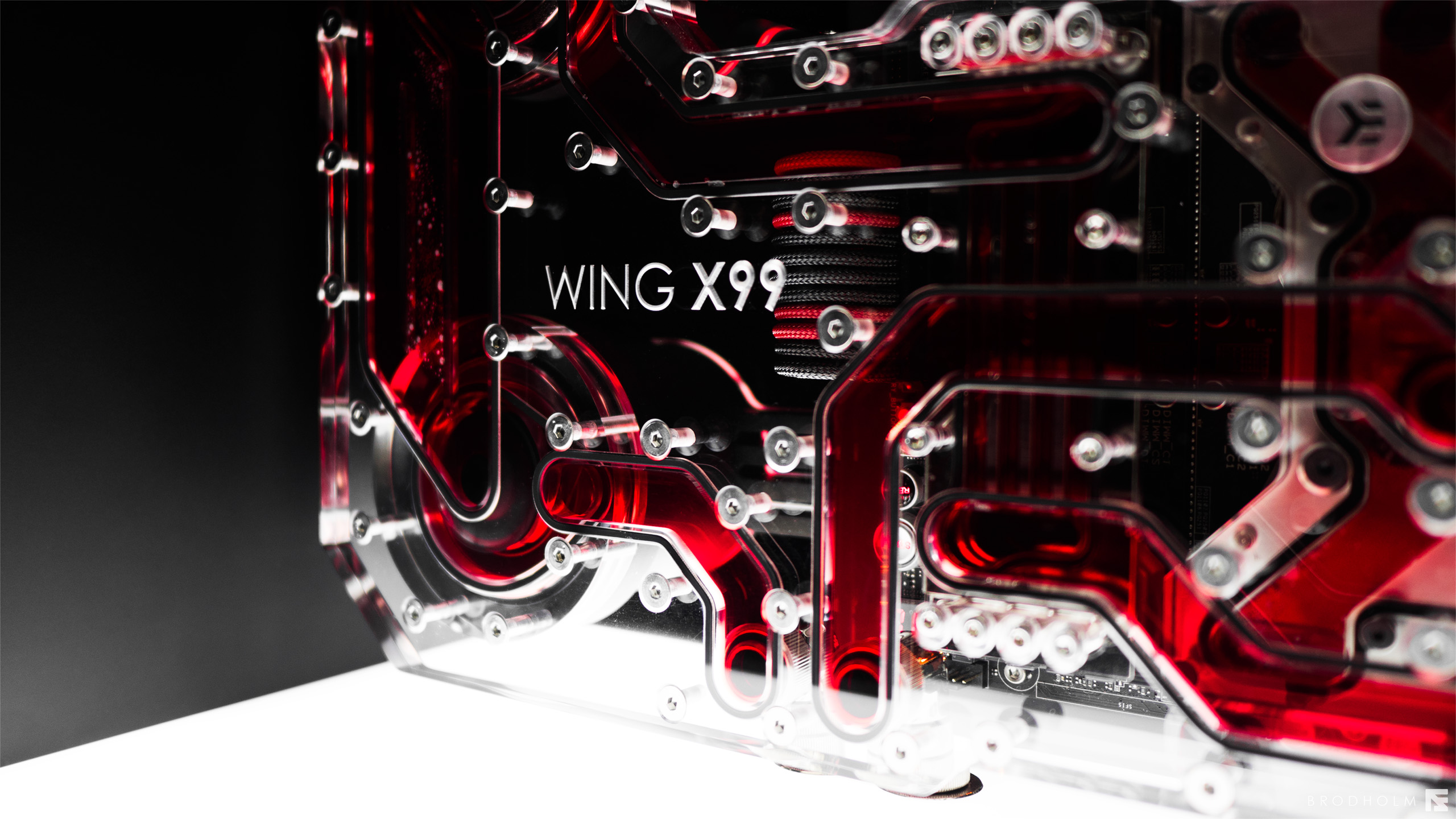
Once again, thank you so much to Andreas for giving up the time to share an insight into the build and his process! And, of course, if you liked what you saw then remember to pop into WING X99's Project Log and have a good browse - we promise it's worth it!

MSI MPG Velox 100R Chassis Review
October 14 2021 | 15:04

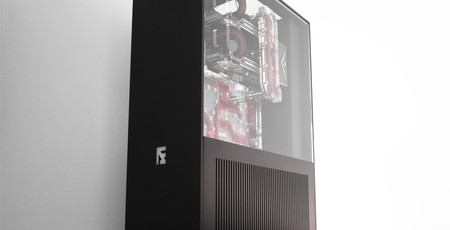
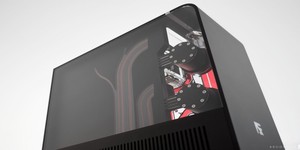
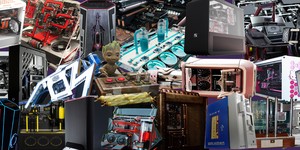




Want to comment? Please log in.